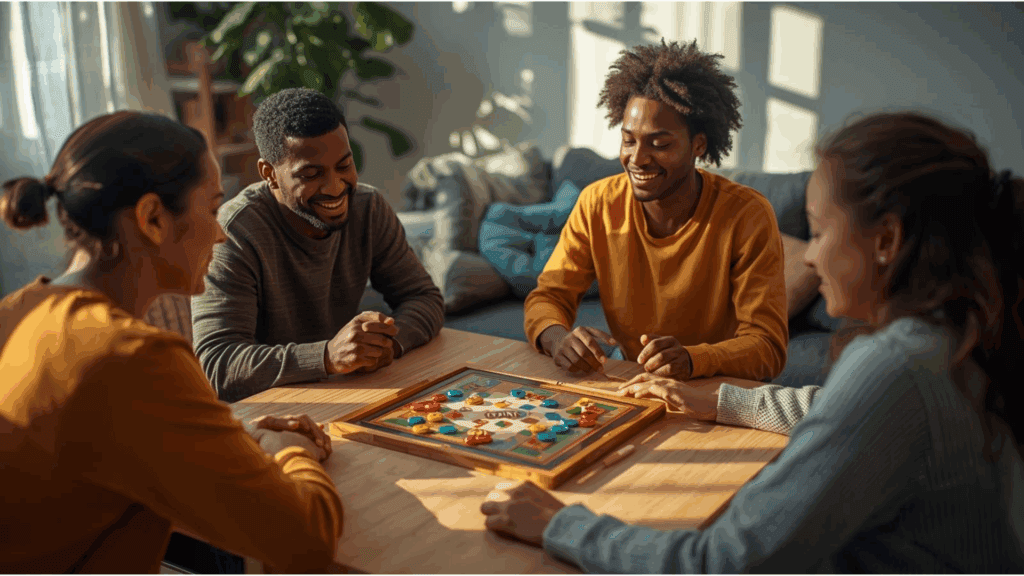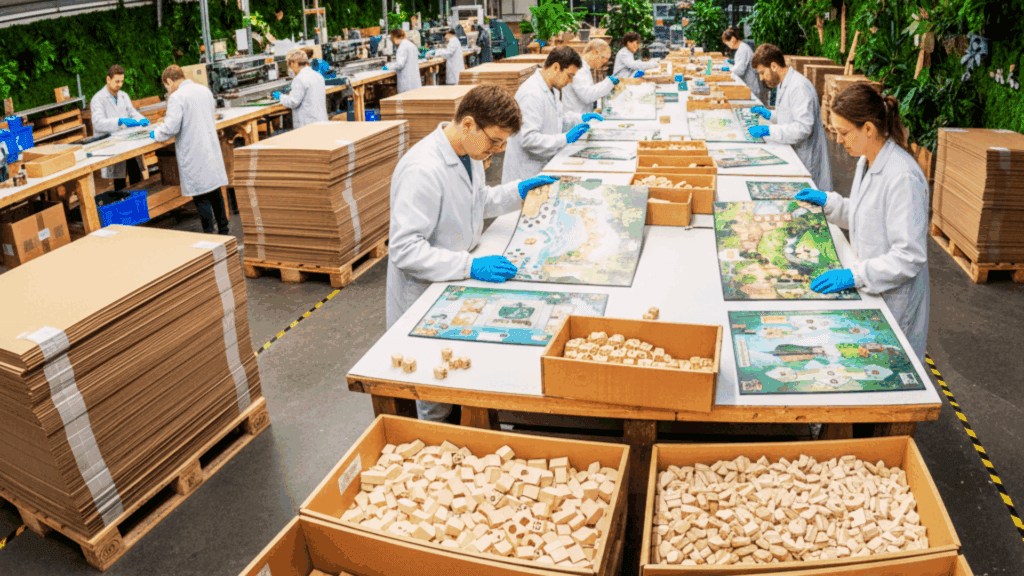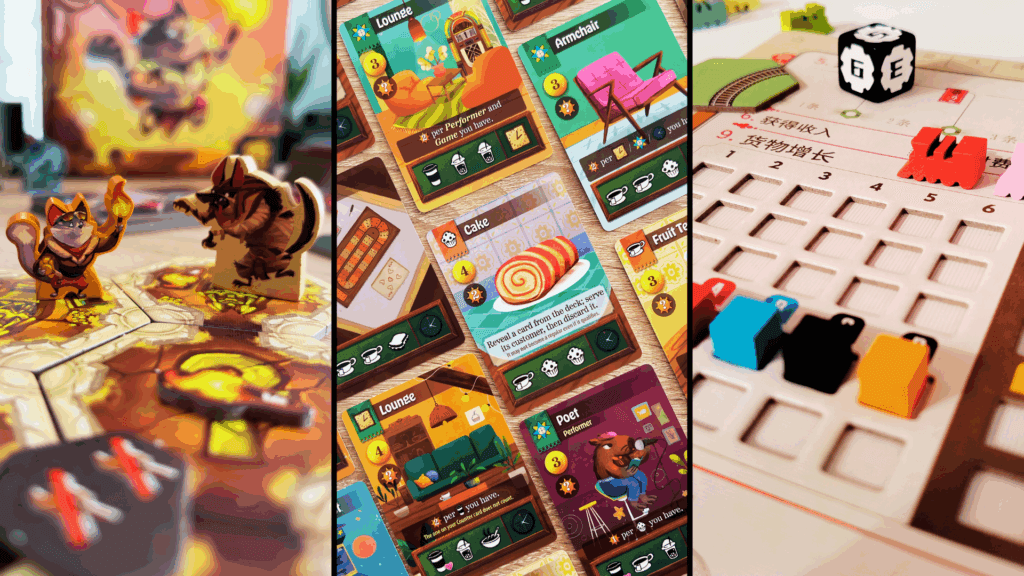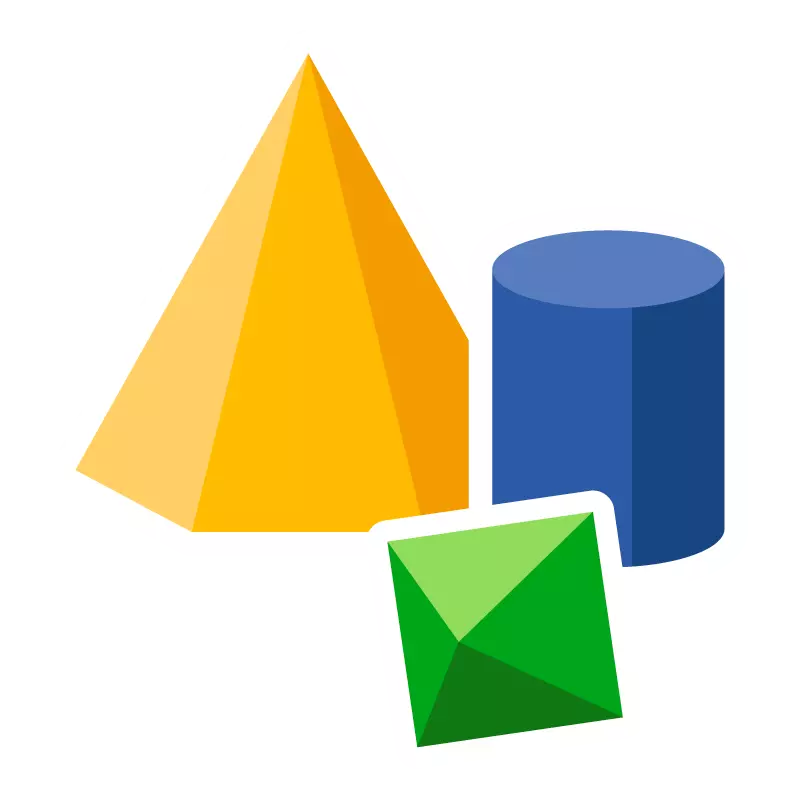

Dive into our insights for publishers & designers!<span data-metadata="">
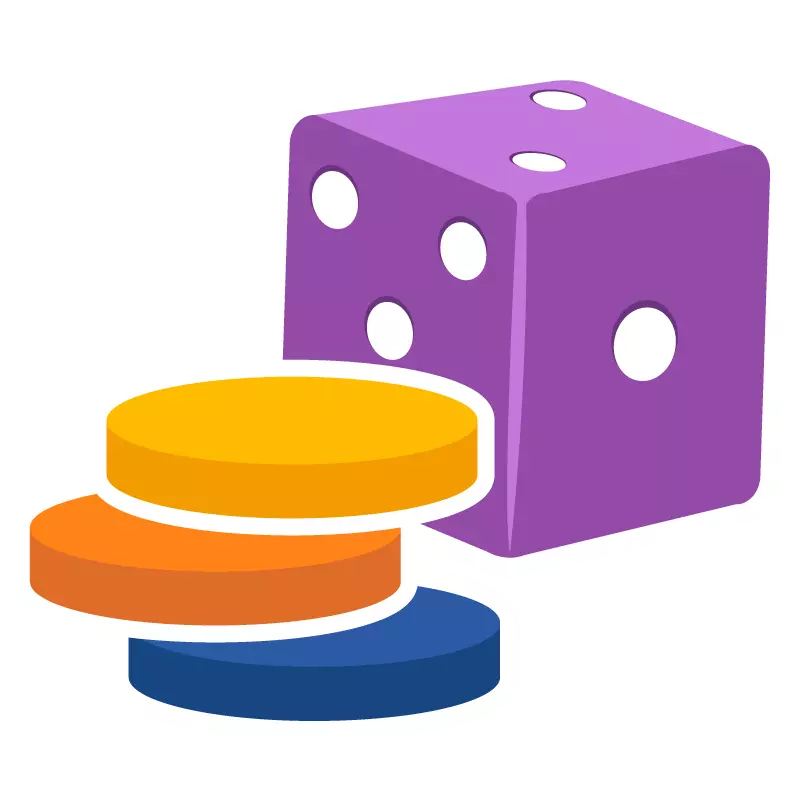
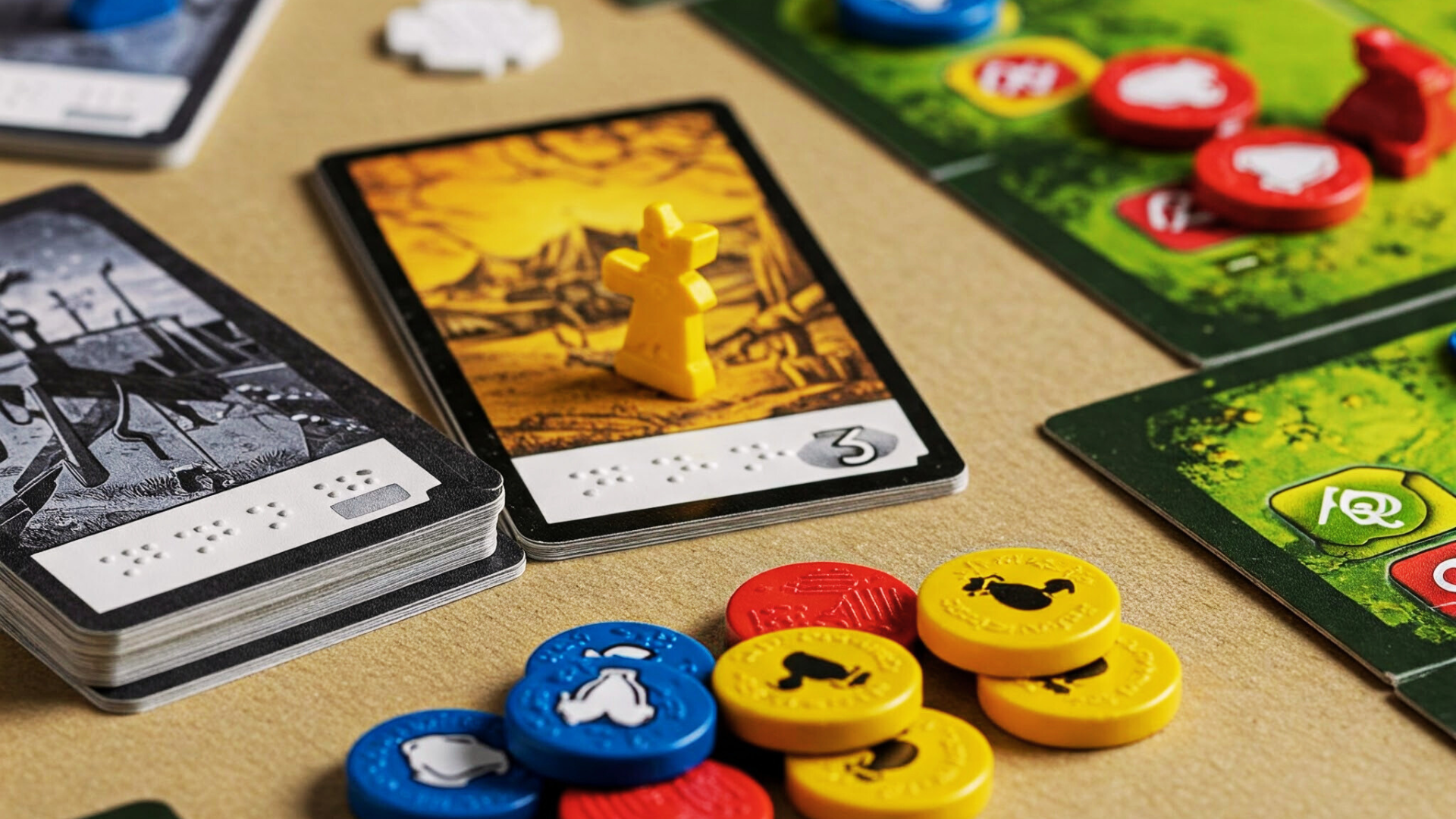
Date: 15/05/2025
Accessible Board Games Design: Tips for Inclusion
As the global board game community continues to grow, the need for accessible board games has never been more urgent. From clear components to inclusive mechanics, accessibility in tabletop gaming is essential for ensuring that everyone (regardless of physical, visual, cognitive, or sensory ability) can enjoy the magic of play. In this article, we explore how inclusive game design and thoughtful board game manufacturing practices can break down barriers and open the table to all players. Whether you’re a designer or a producer, learn how small decisions can lead to meaningful inclusion.
Celebrating Accessibility in Board Gaming
May 15 marks Global Accessibility Awareness Day, a time to reflect on how industries can better serve diverse communities. In the world of tabletop games, accessibility isn’t just a trend: it’s an essential part of building inclusive, joyful play experiences.
From players with visual impairments to those with mobility, cognitive, or sensory challenges, millions of potential gamers face barriers that prevent them from fully enjoying board games. But it doesn’t have to be this way. Designers and manufacturers hold the keys to make accessible board games.
Let’s explore practical ways the board game industry can make inclusion a reality.
Accessible board games and design: where to start
Clear, Readable Components.
Use high-contrast color schemes, large fonts, and clear iconography to help players with visual impairments or dyslexia. Avoid relying solely on color to convey information: always pair color coding with symbols or patterns.
Tactile Elements and Braille.
Incorporating tactile markers, raised symbols, or Braille labels on cards, tokens, or boards can enable blind and low-vision players to navigate gameplay independently.
Simple, Consistent Rules.
Accessibility isn’t only physical. Cognitive accessibility matters too. Use straightforward language, clear rule structures, and provide visual examples in rulebooks. Consider including simplified variants for players with cognitive or learning differences.
Digital Accessibility Tools.
Offer downloadable PDFs with screen-reader-friendly formatting or mobile app companions that narrate rules or game states aloud. QR codes linking to accessible resources can be a valuable addition to physical boxes.
What manufacturers can do to help create accessible board games
Flexible Production Options.
Offer customization options like larger print components or tactile upgrades as part of production runs. Collaborate with accessibility consultants to ensure products meet inclusive standards.
Material Choices That Support Access.
Consider using textured, non-slip materials for components to help players with limited dexterity. Ensure pieces are easy to grip and manipulate, avoiding tiny or overly complex shapes.
Sustainable and Accessible Packaging.
Use packaging that is both eco-friendly and easy to open for players with arthritis or reduced motor function. Avoid excessive plastic wraps and ensure trays and inserts support organized storage.
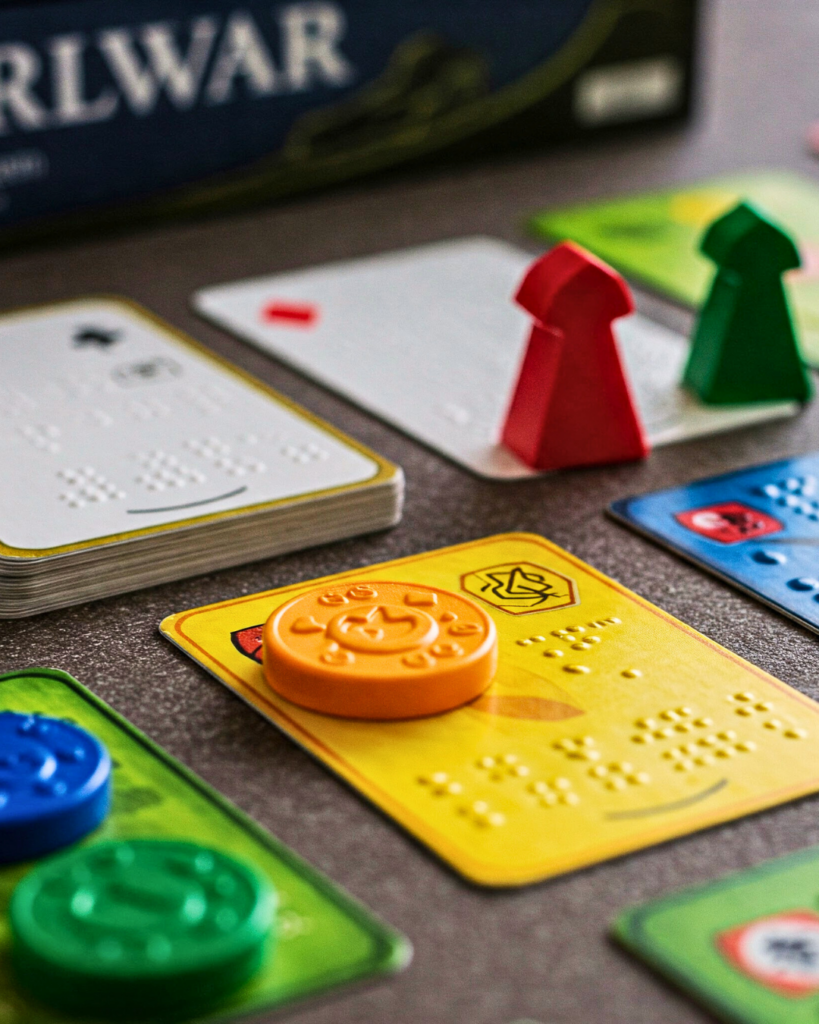
Listening to the community
The most effective way to design and produce accessible board games? Talk to gamers with disabilities. Invite them to playtests, gather feedback, and collaborate on solutions. Inclusion thrives when lived experience is at the center of design.
Organizations like Meeple Like Us and initiatives such as Tabletop Accessibility Guidelines offer valuable insights and resources for anyone committed to this mission.
Small Changes, Big Impact: accessible board games are a reality
Creating accessible board games isn’t a one-time fix: it’s an ongoing commitment. By prioritizing accessibility from design to production, we open the table to more players, more stories, and richer experiences.
This Global Accessibility Awareness Day, let’s pledge to build games where everyone belongs.
Want to explore accessible manufacturing options for your next board game?
Contact us to learn how Rawstone can help bring inclusive play to life!
you might also be interested...
How to Bring Board Games to China: Licensing, Localization, and Market Entry Strategies for Indie Publishers
Learn how to bring board games to China through expert localization, licensing strategy, and integrated manufacturing. A complete guide for...
> Read MoreBoard Games and Stress Relief | How Play Supports Wellbeing
Recent studies show that both board games and role-playing games can reduce stress, improve social connection, and support emotional wellbeing...
> Read MoreWhat Matters Most in Board Game Manufacturing: Cost, Quality, or Sustainability?
Discover how board game publishers weigh cost, quality, and sustainability when choosing a manufacturer.
> Read MoreFrom Worker Placement to Tile Placement: A Guide to the Most Popular Board Game Mechanics
Discover how to design sustainable board game packaging that’s eco-friendly, functional, and cost-effective!
> Read More

